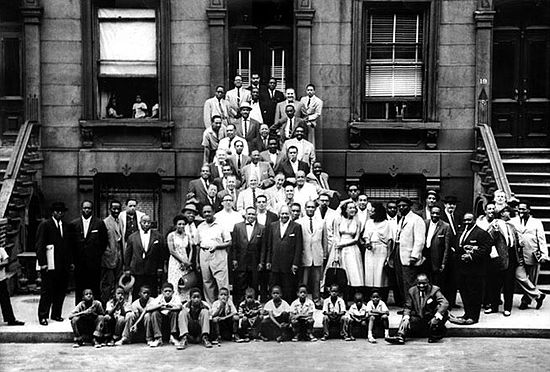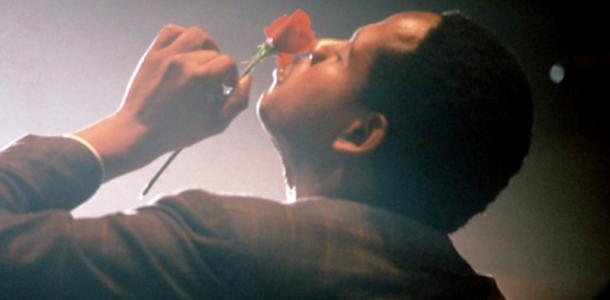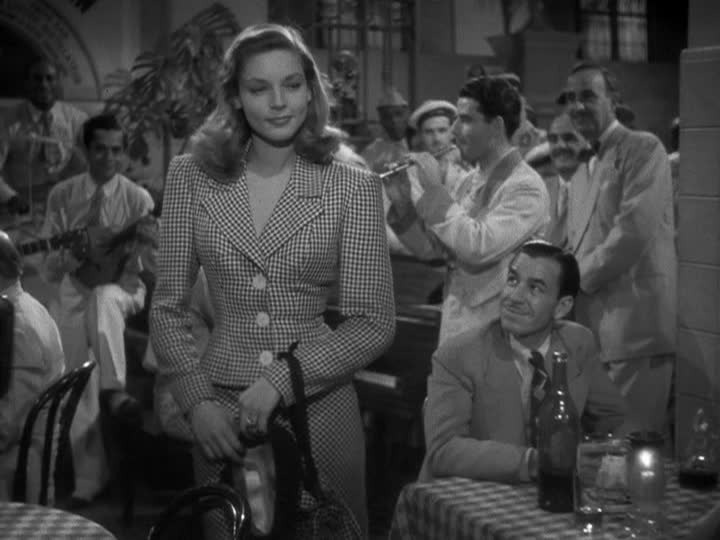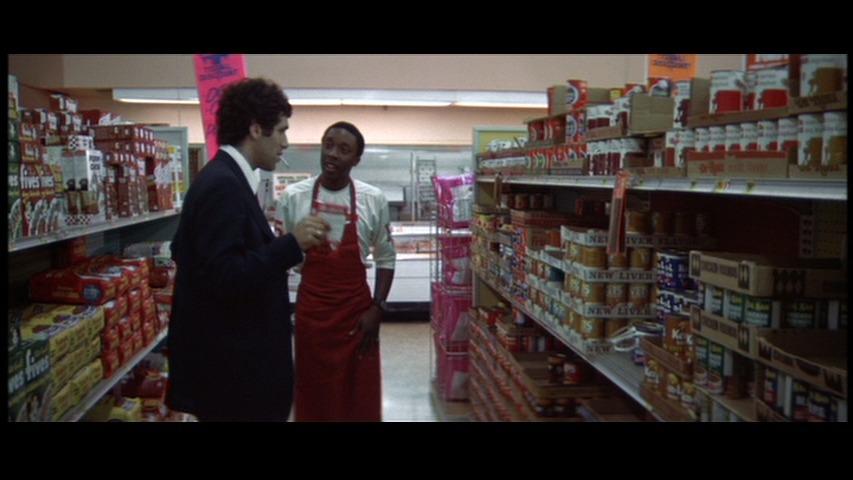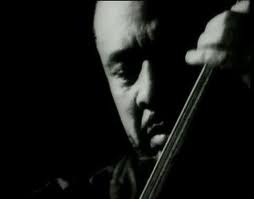Joseph McBride, a friend, asked me to contribute a list of some sort to The Book of Movie Lists (Chicago: Contemporary Books, 1999), which he put together, and here’s what we came up with. -– J.R.
The 10 Best Jazz Films
by Jonathan Rosenbaum
What follows is a personal list of neither the best films on jazz (e.g., Jazz on A Summer’s Day) nor the best examples of jazz on film (such as the Fats Waller soundies or the 1981 Johnny Griffin at the Village Vanguard), but something more special and rarified: films in which the aesthetics of jazz and the aesthetics of film find some happy and mutually supportive meeting ground.
1.Black & Tan (DUDLEY MURPHY, 1929). Remarkable not only as an experimental narrative by the (often uncredited) main author of Ballet mécanique and as a radical political statement about to whom jazz belongs, but also as a ravishing, poetic marriage between the music of Duke Ellington and the poetics of death and orgasm. Only twenty-one minutes long, but the aesthetics of jazz and film start here.
2.When it Rains (CHARLES BURNETT, 1995). A twelve-minute miracle, and, alas, the only film on this list by a black filmmaker, this is a jazz parable about the discovery of common ‘6os roots via a John Handy album in contemporary L.A., with a wonderful offscreen commentary.
3.A Great Day in Harlem (JEAN BACH, 1994). An hour-long documentary that offers a first-rate historical companion piece to the Burnett film, dissecting a 1958 group photograph of fifty-seven key jazz musicians, durable both as oral history and as a capsule survey of the art.
4. Thelonious Monk: Straight, No Chaser (CHARLOTTE ZWERIN, 1988). Sizzling music, in-depth portraiture.
5. Bird (CLINT EASTWOOD, 1988). For all the legitimate quibbles that must be made — about substituting new accompanists, short-shrifting issues of racism, and muddling certain musical and biographical facts -– the man and his music almost get the canvas they deserve.
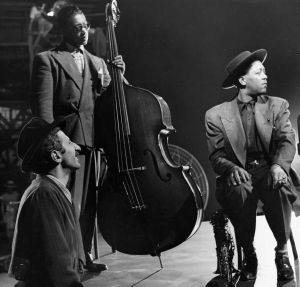 6. Jammin’ the Blues (GJON MILI, 1950). James Agee was right to call it arty, and as a documentary it’s dated, but Lester Young achieves his apotheosis, on camera and in chiaroscuro.
6. Jammin’ the Blues (GJON MILI, 1950). James Agee was right to call it arty, and as a documentary it’s dated, but Lester Young achieves his apotheosis, on camera and in chiaroscuro.
 7.‘Round. Midnight (BERTRAND TAVERNIER, 1986). Though the music is never as good as it should be and sentimentality eventually takes over, Dexter Gordon’s performance, Alexandre Trauner’s sets, and the sheer love of the music prevail.
7.‘Round. Midnight (BERTRAND TAVERNIER, 1986). Though the music is never as good as it should be and sentimentality eventually takes over, Dexter Gordon’s performance, Alexandre Trauner’s sets, and the sheer love of the music prevail.
8. To Have and Have Not (HOWARD HAWKS, 1944). Not because the jazz is especially distinctive, but because Hawks gives it a dramatic function in the interplay between characters that periodically makes the music and the story interchangeable.
9. The Long Goodbye (ROBERT ALTMAN, l973). What Hawks does for connection, Altman does for disconnection, with a comparable improvisational spirit and sense of play.
10. A tie between two flawed but fragrant blossoms of the ’60s: Shirley Clarke’s 1962 The Connection (even if it misconstrues the greatness of the original Living Theatre stage production, and mainly for Freddie Redd and Jackie McLean) and Thomas Reichman’s 1968 Mingus (an incomplete portrait of a genius near the height of his powers).



